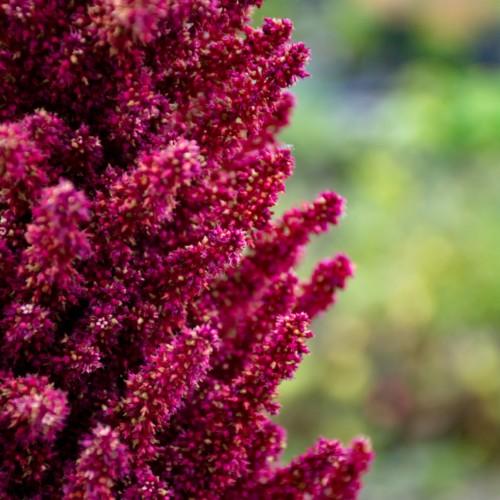
Amaranth
Amaranthus hybridus x var. rudis
Watering:
Frequent
Hardiness Zone:
Sun:
full sun,part shade
Leaf:
Yes
Growth Rate:
Low
Drought Tolerant:
Yes
Salt Tolerant:
Yes
Invasive:
Yes
Care Level:
Medium
watering
Smooth Amaranth plants should be watered about once a week, or when the soil is dry to the touch. Use lukewarm water when possible and avoid excessive wetting or drying out of the soil. During the warm summer months, the plants may need more frequent watering to stay hydrated. It is important to make sure that the plants have adequate drainage, as too much moisture can cause root rot. When watering, the plant should be watered from the base so that the foliage does not become wet, which can cause disease. Ensure that the top 3-4 inches of soil are kept moist. Lastly, try to avoid getting water on the flowering heads as this can damage them.
sunlight
Smooth Amaranth (Amaranthus hybridus) needs at least 8 hours of direct sunlight daily in order to thrive. This is best achieved in early morning, mid-day, and late afternoon. It is best to avoid periods of midday sun because direct sun exposure during these hours can damage the plant. The best time to provide sunlight for the plant is when the sun is intense but not blazing and is at least 3 to 4 feet away from the plant. If possible, keep this species of plant in an area with filtered sunlight as intense sunlight can cause it to wilt and lose its vibrant color.
pruning
Smooth Amaranth should be pruned lightly and often. Pruning should be done in late spring or early summer, after the plant is done flowering and before new growth begins. Depending on the size of the plant, you may want to do several light pruning sessions throughout the season to keep the plant looking tidy and healthy. Removing small, weak, thin, and old shoots, as they appear throughout the season, will help encourage new, more vigorous growth; however, it is important not to prune too much as it can weaken the plant and reduce fruiting. Pruning this species of Amaranth should be minimal, but done regularly.
